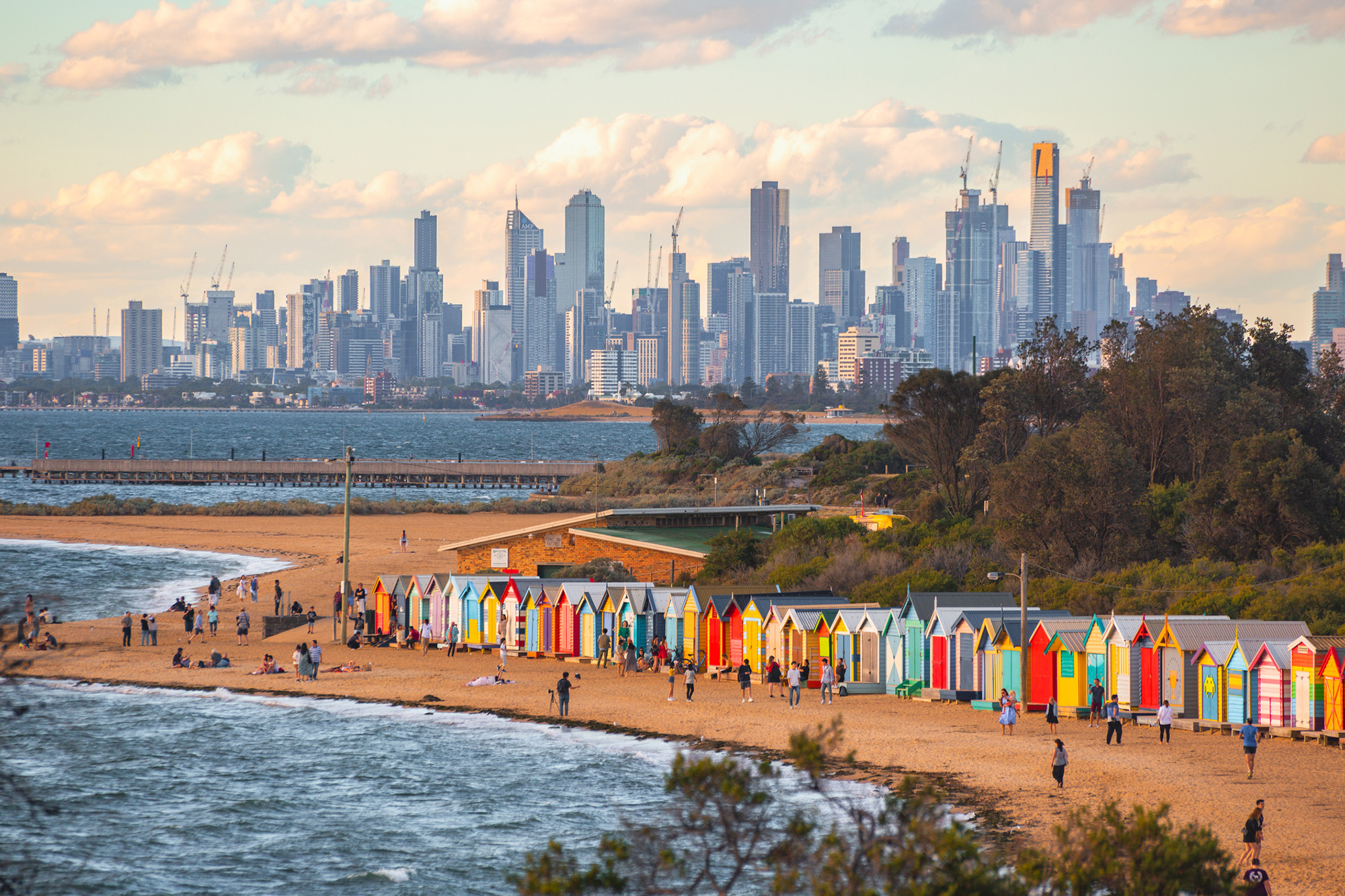While Sydney often gets the glamorous spotlight and all the attendant attention, many Aussies will tell you that Melbourne is actually their favorite city in Australia. No, the sites aren’t as instantly recognizable. There’s no towering Sydney Harbor Bridge or iconic white “sails” of the Sydney Opera House.
Instead, this shimmering, vertical city of some 5 million people rewards those who seek adventure and exploration: gold rush history and urban wildlife on the Yarra River; electrifying athletics; and funky neighborhoods, each one distinct—in culture, personality, and offerings—from others just a few blocks away. Plus, beaches, good food, and great coffee—all kicked off by a soaring, spine-tingling ride (more on that below). It’s a lot to do and see in just 24 hours, but here’s a good guide for visiting Australia’s second city in a single day.










